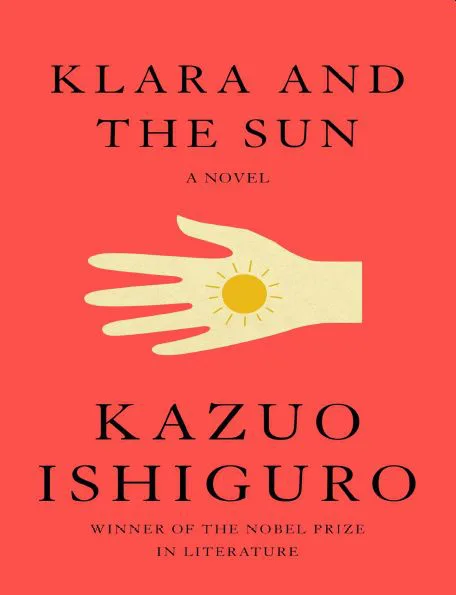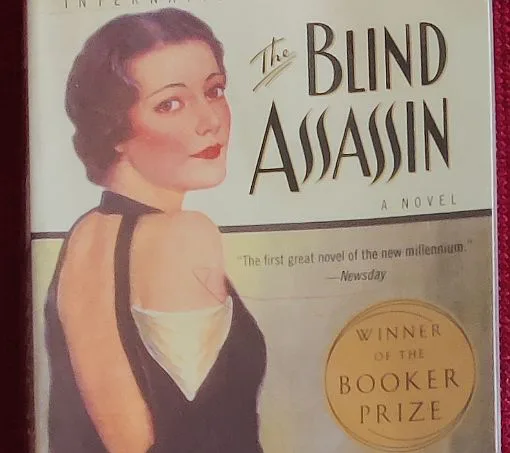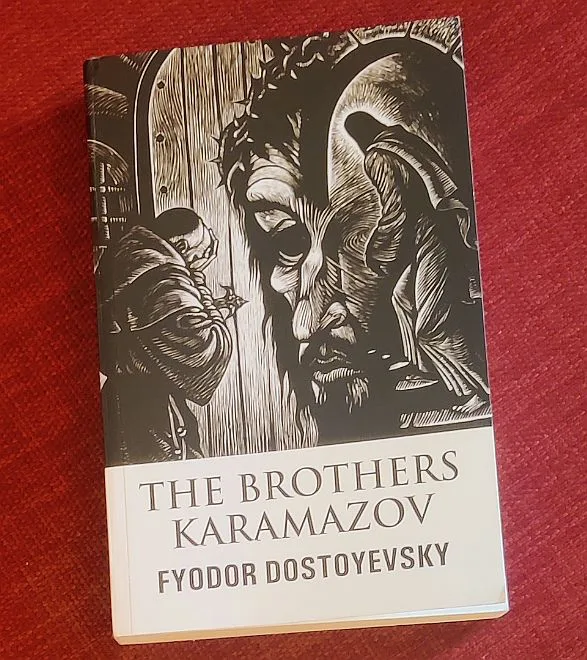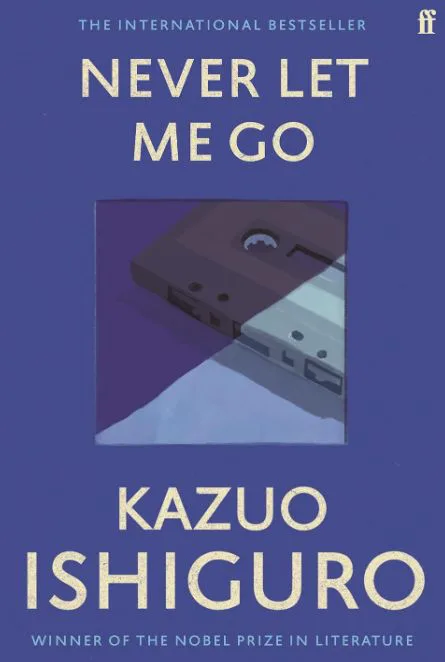
Lately, I’ve been exploring the dystopian genre, relying on recommendations from Goodreads since I’m not very familiar with it. “Never Let Me Go” by Kazuo Ishiguro is my first foray into his work, and it’s a masterpiece of literary fiction. Interestingly, it also evokes comparisons to my favorite author, Margaret Atwood and Lois Lowry. I’ll delve into that connection shortly, but first, let me share my thoughts on this captivating novel.
“Never Let Me Go” is an interesting science fiction novel written by British author Kazuo Ishiguro, published in 2005. Time magazine hailed it as the best novel of the year and included it in its prestigious list of the “100 Best English-language novels published since 1923—the beginning of TIME.” Additionally, it received the ALA Alex Award in 2006 for its exceptional quality. The novel’s compelling storyline also inspired a film adaptation directed by Mark Romanek, released in 2010, and a Japanese television drama aired in 2016. Yes, I did refer Wikipedia.
A Tale of Resilience and Acceptance
Coming straight to the book now, in “Never Let Me Go”, we dive into late 20th-century England, where human clones are raised for organ donation once they grow up. The tale unfolds within boarding school-like set-up.
The book is structured into three sections, each depicting different stages of the characters’ lives. It’s a deeply emotional storyline that delves into themes of friendship and love. Despite the grim reality they face, the students in the novel appear oddly resigned to their fate once they learn the truth about their purpose. This acceptance adds layers to the emotional complexity of the story, highlighting the characters’ resilience and the bonds they form despite their circumstances.
Kathy’s Reflections on Friendship and Fate at Hailsham
At the beginning of the book, the narrator Kathy H. introduces herself simply as a thirty-one-year-old carer, a role she’s held for almost twelve years. However, she reveals that she’ll be stepping away from this job in a few months. Kathy expresses her desire to reminisce about her past with two dear friends, Tommy and Ruth, who shared her upbringing at Hailsham school. Much of the narrative unfolds through her memories, accessed through vivid flashbacks.
Hailsham, stands out for its special atmosphere, with its sprawling grounds, including a pond and pavilion, and an intriguing spot called “the woods”. Over all, the entire premise seems like the institution is a place of mystery and wonder. The caregivers, known as “guardians”, act as quasi-parents, carrying the burden of knowing the clones’ destined fate.
A Shift from Innocence to Despair
Initially, the novel may appear to be a nostalgic reflection on the innocence of youth and the excitement of adolescence. However, as the truth about the characters’ identities as cloned beings destined for organ donation is revealed, the tone shifts dramatically. The realization of their grim fate gradually unfolds, weighing heavy on our hearts and evoking a profound sense of sorrow and despair.
As the clones mature, they step into an adult life filled with anticipation and apprehension, awaiting the call for their first organ donation. Kathy, the main character, becomes a “carer”, guiding her fellow clones through the challenging process of donation, which ultimately leads to their demise, or “completion”, as the book calls it.
The duty of a “carer” prolongs Kathy’s life but also exposes her to the emotional turmoil of being a survivor. Through her eyes, we explore the depth of emotion and the complexities of existence in this thought-provoking narrative.
Implications of cloning and organ harvesting
All these events depict the novel as a relentlessly gloomy and grim work. The dilemmas faced in Ishiguro’s dystopia are the implications of cloning and organ harvesting. The clones are providing organs for humans. This juxtaposes two lines of thoughts –
- one, about the value of life.
- And second, the identities and destinies that the clones were grappling with.
These existential and ethical dilemmas form the core of the narrative. They make readers ponder deeply about humanity, society, and scientific advancement.
Parallels in Atwood and Lowry’s Dystopian Worlds
I experienced similar line of ethical dilemma in the famous works of Margaret Atwood and Lois Lowry. Both authors delve into dystopian worlds where the notion of individual freedom is all but non-existent. While the specific circumstances and dilemmas may vary, intriguing parallels emerge in how characters confront similar themes and navigate their constrained realities.
“The Handmaid’s Tale” v/s “Never Let Me Go”
Let’s first talk about the comparison between Ishiguro’s current book and “The Handmaid’s Tale” by Margaret Atwood. Atwood’s work primarily delves into the repercussions of scientific manipulation, particularly in the realm of reproductive biology.
In “The Handmaid’s Tale”, the main character, Offred, undergoes the loss of her identity, compelled to don a constricting uniform, and compelled to participate in frequent ceremonial events, all infringing upon her bodily autonomy. Likewise, in “Never Let Me Go”, clones are exclusively bred for organ donation, essentially reducing their bodies to mere instruments for the benefit of others.
Both protagonists wrestle with the emotional and psychological toll of this deprivation, experiencing a sense of powerlessness and objectification. Offred rebels through clandestine acts such as reading prohibited literature, whereas Kathy and Ruth in “Never Let Me Go” rebel against their fate by seeking out information about their origins and attempting to postpone their “completion”.
The two works highlight the ethical dilemmas and human rights issues that arise when science is used to control and exploit individuals. Additionally, they both depict the psychological and emotional toll on the protagonists as they navigate oppressive systems. And struggle to assert their humanity in the face of scientific manipulation.
“The Giver” v/s “Never Let Me Go”
Then there is another dystopian novel that deals with themes of identity and individuality within controlled systems. Its “The Giver” by Lois Lowry. In Lowry’s world, society has achieved apparent stability through the suppression of emotions and memories, while in “Never Let Me Go”, clones are raised in a tightly controlled environment with predetermined destinies.
Both stories follow protagonists who begin to question the systems they live in, ultimately seeking to understand their true selves and the world around them. The theme of whether sacrifices made for progress or stability are justified is central in both “The Giver” and “Never Let Me Go.”
Ultimately, novels like these challenge readers to critically evaluate the balance between societal benefits and the rights of individuals. Thus, leaving the question of worthiness open to interpretation and personal reflection.
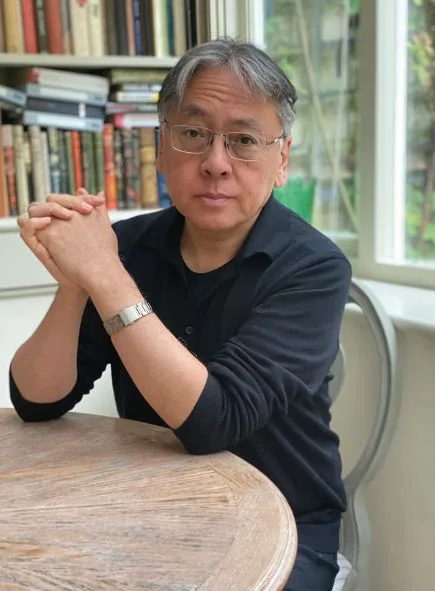
“Never Let Me Go” Blur the Lines between Dystopian and Literary Fiction
Whenever I dive into literary fiction, it’s like entering a whole new world. It’s not just about following a plot or getting to a clear resolution like in genre fiction. Instead, it’s all about delving deep into the characters, the language, and the themes. Often, we might not fully grasp everything right away.
As I’m reading, it’s like I’m right there with the characters, feeling what they feel and thinking what they think. It’s such a powerful experience, stirring up emotions and making me really think about life and human nature.
And that’s what I love about it – the journey of discovery. It’s like peeling back the layers and uncovering new meanings and interpretations each time I revisit the story. It’s a personal journey, one that invites me to explore the complexities of life, identity, and society in my own way. Speaking of which, books like “Never Let Me Go” blur the lines between dystopian and literary fiction, making it an absolute masterpiece. I wholeheartedly believe everyone should experience it.

